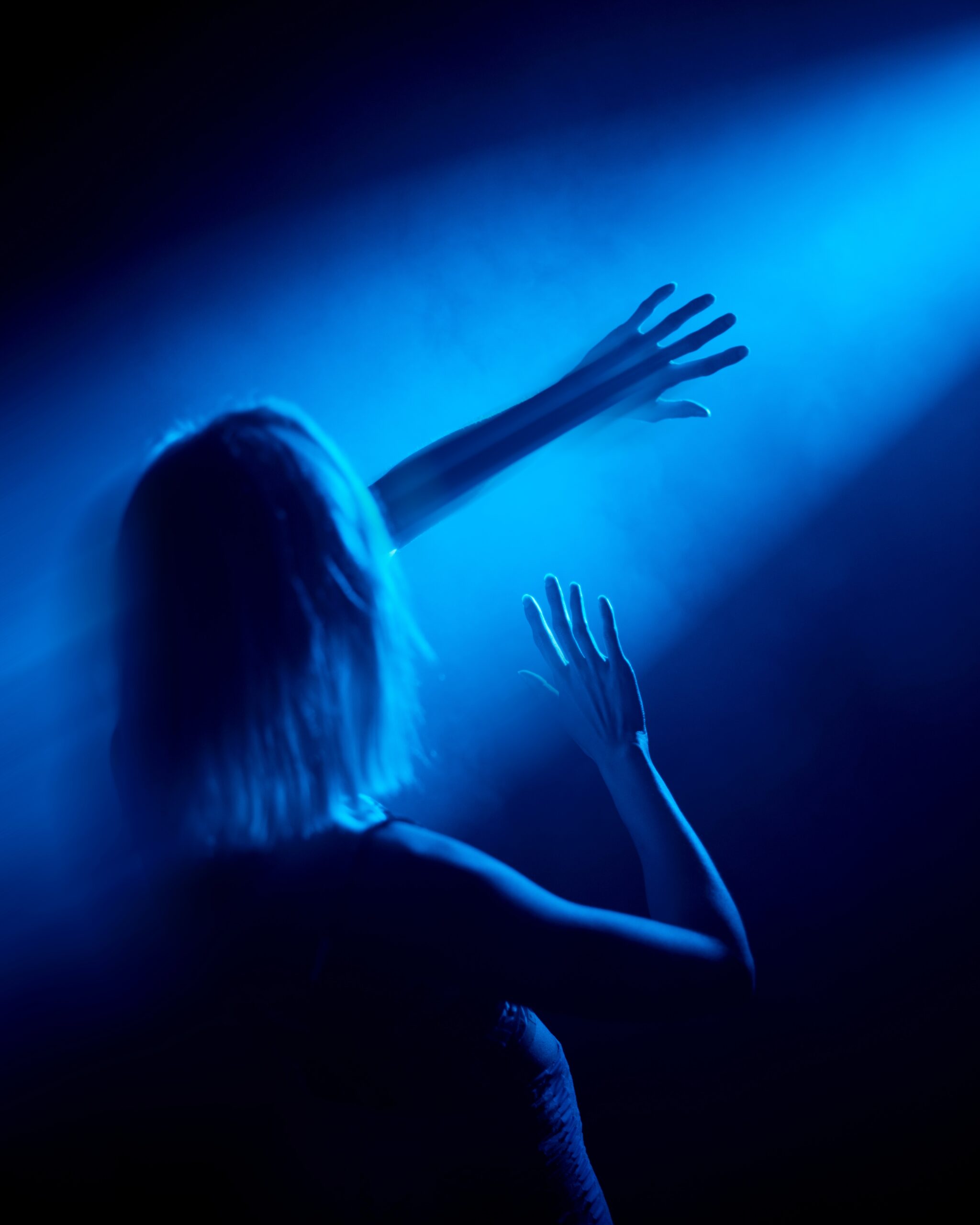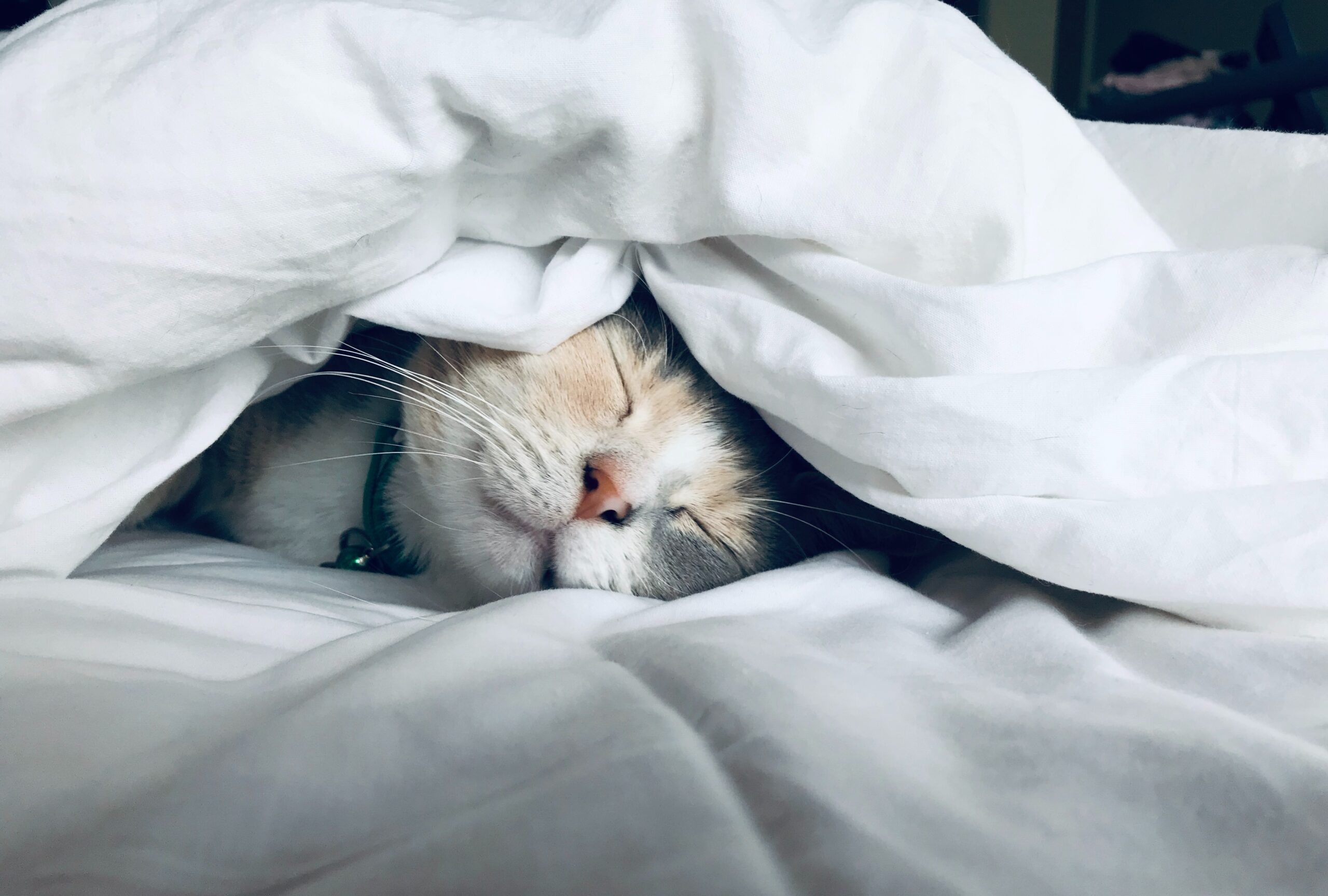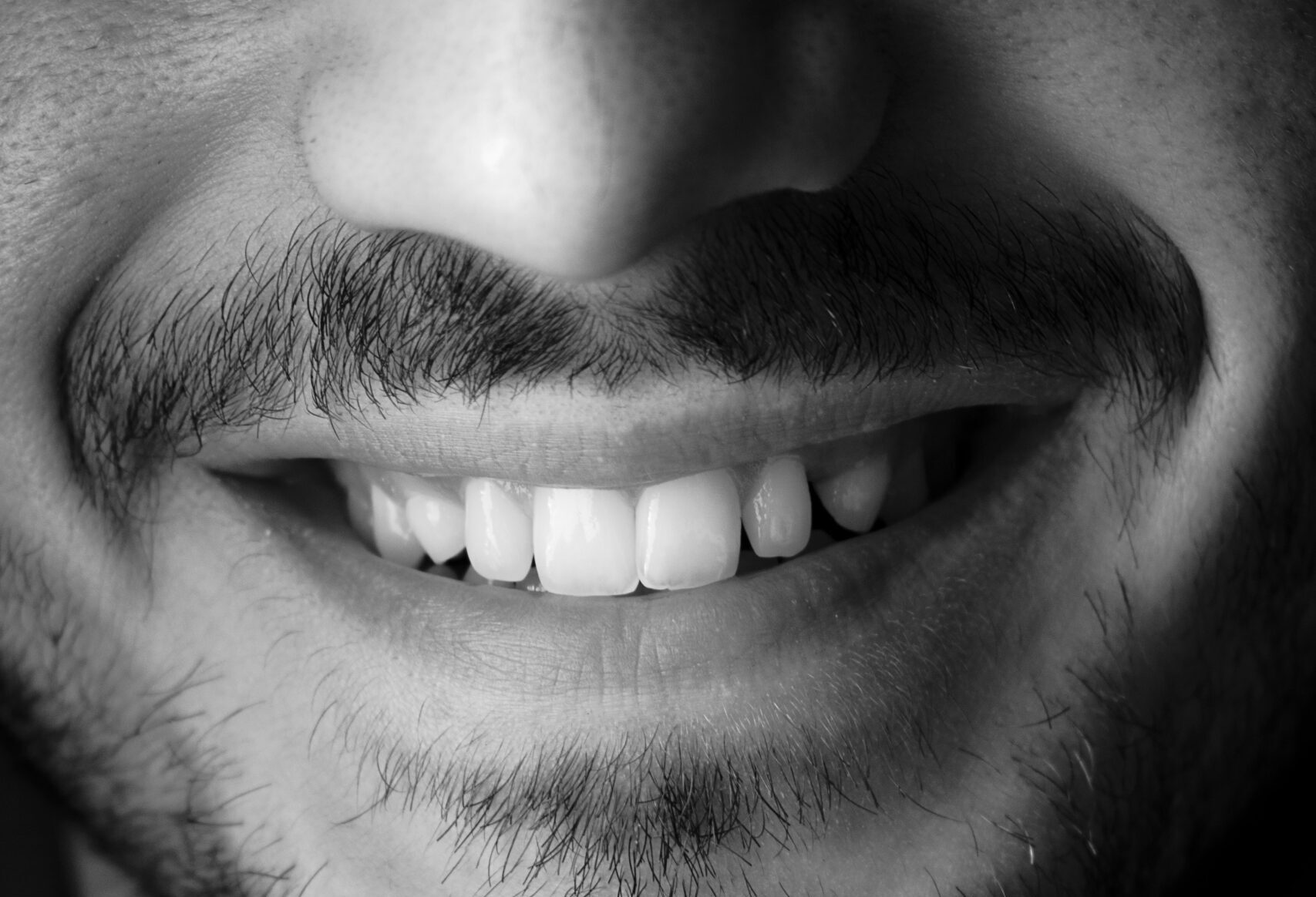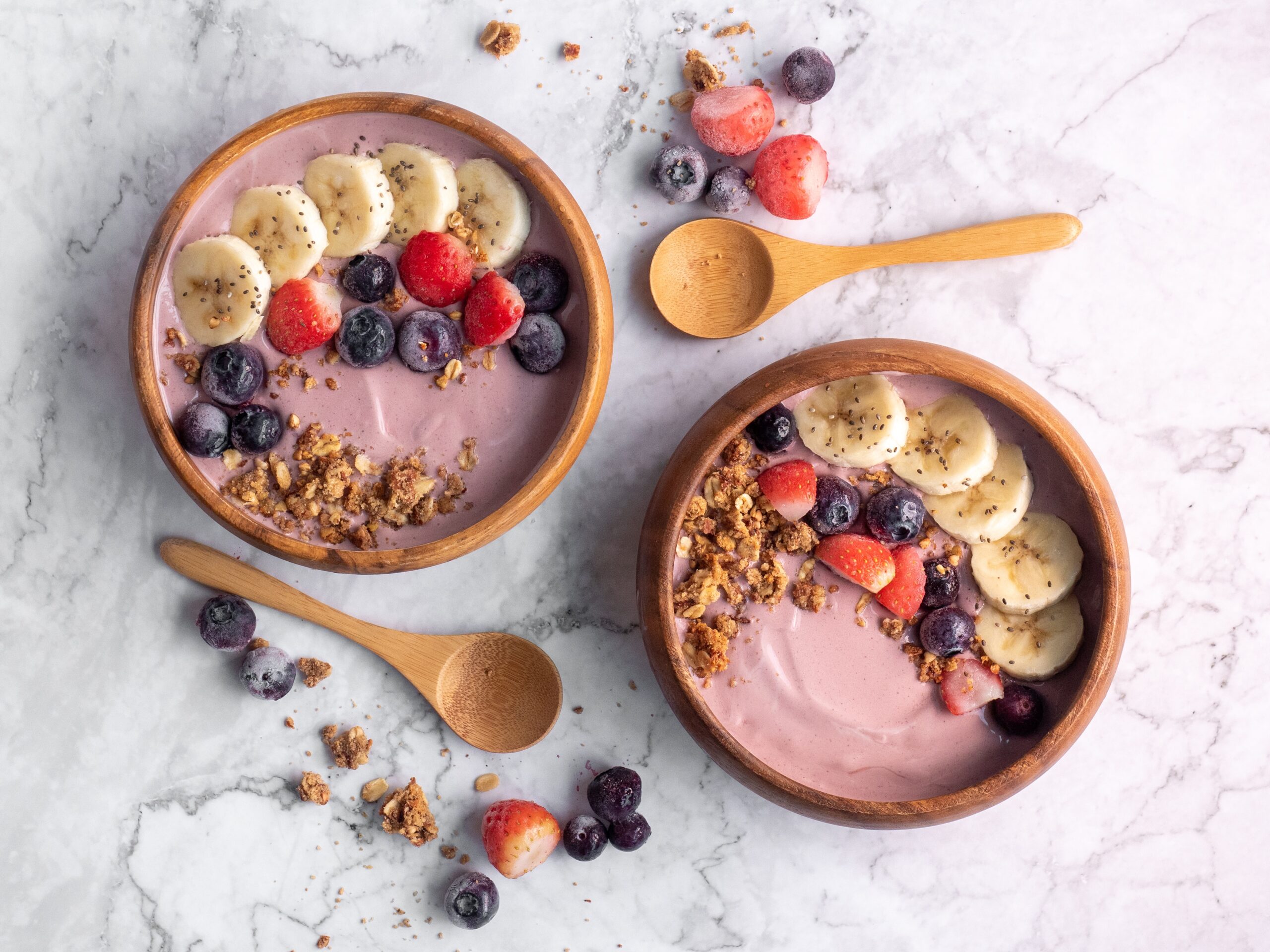In his book “Why We Sleep,” Matthew Walker explains the importance of limiting exposure to screens before sleep in more detail. Electronic devices such as smartphones, tablets, and computers emit blue light, which has a stimulating effect on the brain. This blue light suppresses the release of melatonin, a hormone that helps regulate our sleep-wake cycle.
The suppression of melatonin production caused by exposure to screens before sleep can lead to difficulties in falling asleep and achieving restorative sleep. This is particularly relevant in the evening and close to bedtime when our bodies naturally start preparing for sleep.
The blue light from screens tricks our brains into perceiving it as daylight, disrupting the body’s natural circadian rhythm. The circadian rhythm is our internal biological clock that regulates various bodily functions, including sleep and wakefulness. When exposed to blue light in the evening, our brain receives signals to stay awake and alert, making it harder to wind down and prepare for sleep.
Furthermore, the engaging nature of screen activities can also stimulate the brain and increase alertness, making it more challenging to relax and transition into a restful state before sleep. Activities such as scrolling through social media, watching stimulating videos, or playing stimulating games can activate the mind and increase cognitive arousal, making it difficult to quiet the thoughts and enter a calm state conducive to sleep.
By limiting exposure to screens before sleep, we allow our bodies to naturally release melatonin and initiate the transition into sleep. This can lead to improved sleep onset, better sleep quality, and a more restful night’s rest. Instead of screens, engaging in relaxing activities such as reading a book, practicing mindfulness, taking a warm bath, or engaging in light stretching can help promote a sense of relaxation and prepare the mind and body for sleep.
Overall, the recommendation to limit screen time before sleep is rooted in the understanding of the physiological effects of blue light on melatonin production and the stimulation caused by engaging with screens. By adopting this practice, we can create a healthier sleep environment and enhance our ability to achieve a restful night’s sleep.
When it comes to reducing the impact of blue light on our bodies, minds, and sleep, we may not be able to completely avoid electronic devices. However, there are some small tricks we can try to implement that can help mitigate the effects. Let’s dive into these tricks that can make a difference in our quest for better sleep.
First up, we have the option of wearing blue light-blocking glasses in the afternoon. Now, I must confess that this tip is not entirely backed by scientific evidence, but hey, sometimes a little placebo effect can work wonders. So why not give it a shot? There are plenty of options out there, but it’s important to choose glasses of good quality to ensure they protect our eyesight. One popular choice is Spectra479, known for their blue-light-blocking prowess. You can check them out at www.spectra479.com.


Another option worth exploring is THL SLEEP. These blue light glasses are designed to help you combat the effects of excessive screen time. You can find them at www.thlsleep.com. Remember, finding the right fit for you is key, so go for what feels comfortable and suits your style.
As you embark on your journey to improve your sleep and overall well-being, you’ll notice that automation is a recurring theme in my experiments. I firmly believe that automating and streamlining our routines can increase our chances of success. Living a healthier lifestyle, making mindful choices, and incorporating exercise and mindfulness can be challenging and time-consuming. That’s why we’re all about automating wherever possible.
Now, if you’re someone who spends long hours glued to a computer screen, let me introduce you to an amazing software called f.lux. Once installed, this genius program syncs with your time zone and adjusts the color temperature of your screen according to the natural progression of daylight. As the day transitions to evening, f.lux gradually reduces the amount of blue light emitted by your screen, giving it a warmer, more orange hue. You can even set up automations to sync f.lux with other smart lights in your home or room. Talk about a seamless experience! To see the magic for yourself, check out the software at their https://justgetflux.com/.

For those of you who rely on your trusty smartphones, here’s a nifty feature you can activate with just a few taps. Most modern phones, like Samsung and iPhone, offer an option called “Eye Comfort Shield” or “Night Shift” in the display settings. This function works similarly to f.lux, reducing the emission of blue light and giving your screen a softer, more orange glow. It’s effortless, yet effective.
Of course, it’s worth mentioning that the best way to limit blue light exposure before bedtime is to simply avoid screen time altogether. Easier said than done, right?
In our upcoming article, we’ll explore how to create a healthy bedtime routine that complements your journey toward better sleep. Stay tuned for more tips and insights as we continue on this exciting path to improved well-being.



